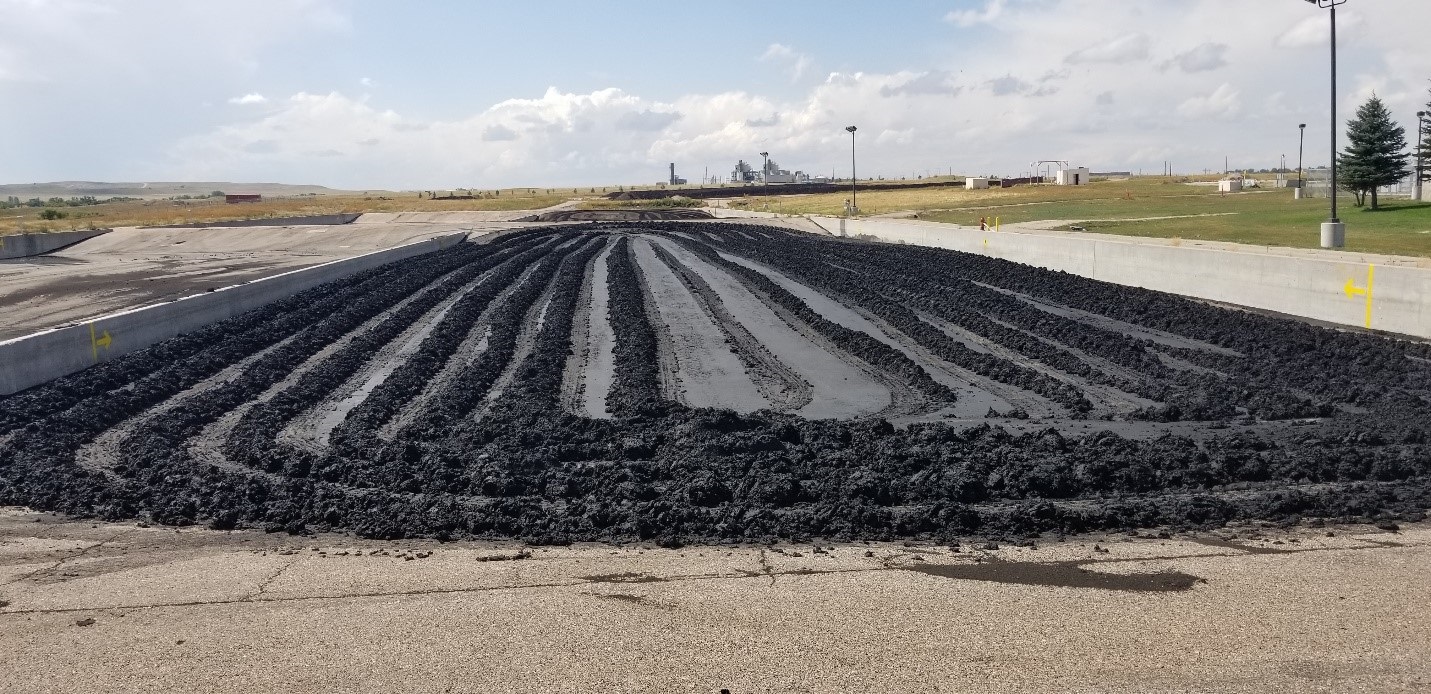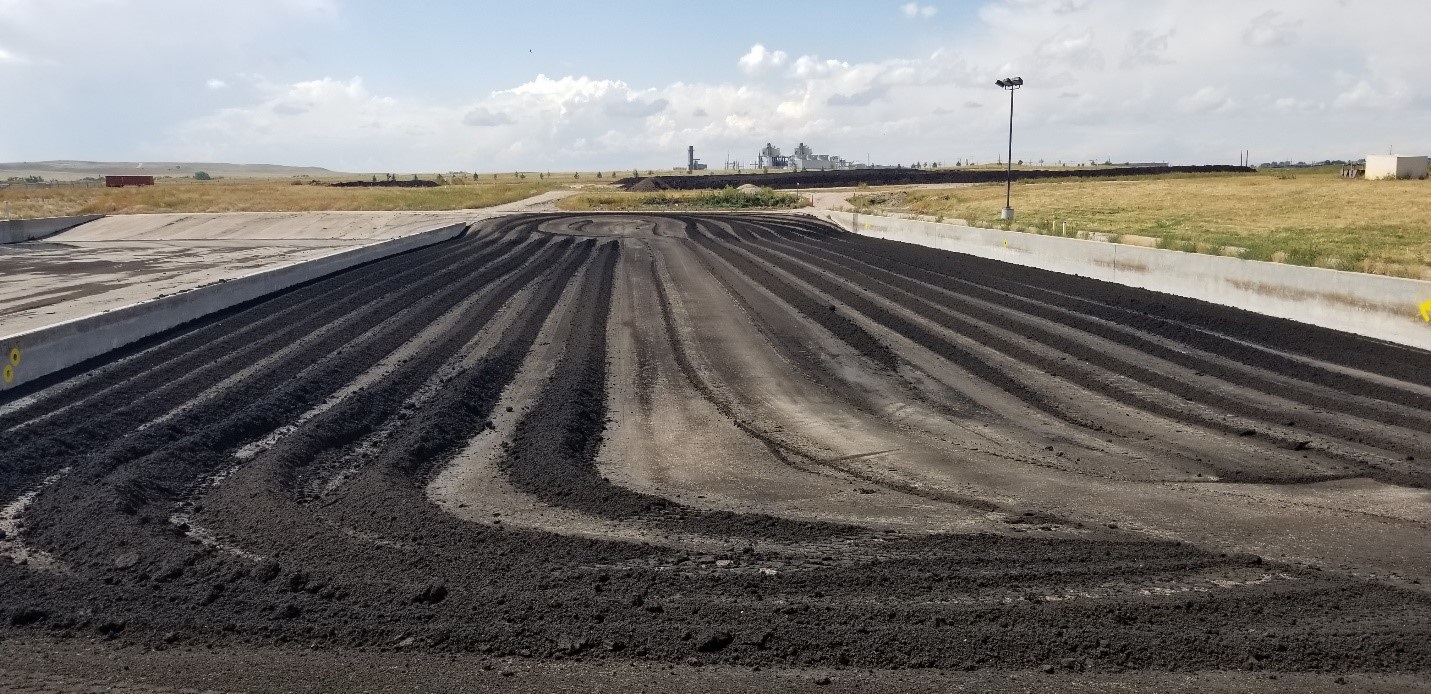Biosolids
Biosolids
Biosolids are a nutrient-rich organic material created from the biological and physical treatment of wastewater. Biosolids can be used to improve soil structure and water retention, and also are used as a slow-release fertilizer.
Contact Us
Biosolids Program Coordinator
307-637-0866
What are Biosolids?
After proper handling and management techniques, Biosolids are the final by-product of process materials that originally enter the wastewater treatment facility. They are biologically processed to reduce or eliminate pathogens. Biosolids are rich in nutrients such as Nitrogen, Potassium, Calcium, Phosphorus, and many other highly beneficial compounds. The final product can look and smell just like rich organic soils.
What are some beneficial uses of Biosolids?
Biosolids are a community gift that keeps on giving. The BOPU can produce both Class "A" and "B" biosolids. Class “A” is very similar to fertilizer you buy at the stores. These solids can be applied to yards, gardens, parks, and flower beds. Class “B” product can be land applied for agricultural benefits.
How does the BOPU produce Biosolids?
Any settleable or floatable solids that enter the wastewater treatment plant are stored in large digestors for anywhere between 30 and 60 days. These digestors are similar to the guts in a human body. During this process, the waste stabilizes, and produces methane gas. This gas is recycled back into the heating of the digestors. Once the sludge meets several different criteria, it is then dewatered into a “cake” using large centrifuges like the spinning of a washing machine. The solids are then handled in large drying beds to dry out where it eventually reaches a total solids concentration of at least 75%.
How much Biosolids does the BOPU treat?
On average, the Board produces 1,200 dry metric tons per year or around the weight of 1,200 elephants. At this time, the BOPU land applies all biosolids produced.
Learn the latest on the BOPU's Biosolids Program?
The BOPU is currently in the process of replacing our aging infrastructure that will allow us to produce a better “cake” and ultimately better biosolids. The BOPU is also exploring the possibility of adding a drying technology that will produce the final product in several hours, compared to the current process that takes at least two (2) years. This process would allow the BOPU to offer a class “A” product to the general public for beneficial uses almost instantly.

